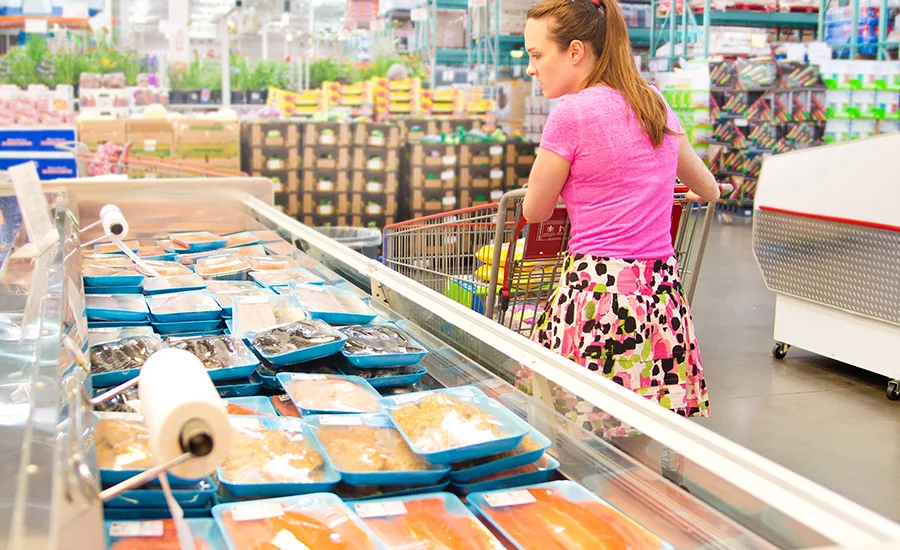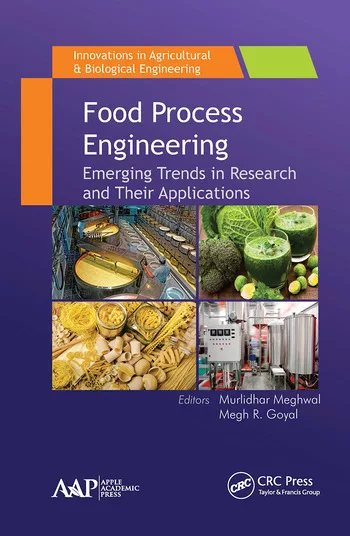Nuts & Bolts
Specialty Food Market Research Reveals Tracking, Forecasting

175
Number in billions of dollars that the specialty food market reached in 2021, up 7.4% from 2020.
33.5
Number in billions of dollars that specialty perishable sales are expected to reach 2022.
Source: The Specialty Food Association (SFA), “State of the Specialty Food Industry” report. Photo courtesy of Getty Images / YinYang
The Specialty Food Association (SFA) has released its annual State of the Specialty Food Industry Report, revealing that the specialty food market reached total sales of $175 billion in 2021, up 7.4% versus 5.8% the year before, when foodservice’s steep decline offset outsized gains in brick-and-mortar retail and e-commerce.
The annual research is an examination of market size and sales; dollar and unit sales growth; specialty food category penetration; and 10-year tracking and forecasting in key categories.
According to SFA’s research, the top 10 categories in retail dollar sales in 2021 are:
- Meat, poultry, seafood (frozen, refrigerated)
- Cheese and plant-based cheese
- Chips, pretzels, snacks
- Bread and baked goods
- Coffee and hot cocoa, non-RTD
- Entrees (refrigerated)
- Chocolate and other confectionery
- Water
- Desserts (frozen)
- Entrees, lunch and dinner (frozen)
The top 10 fastest-growing categories include:
- Tea and coffee RTD (refrigerated)
- Creams and creamers (refrigerated)
- Entrees (refrigerated)
- Breakfast foods (frozen)
- Appetizers and snacks (frozen)
- Seasonings
- Pasta (refrigerated)
- Fruits and vegetables (frozen)
- Sauces, pasta and pizza (shelf stable)
- Soda and carbonated beverages
The research also finds the parts of the industry that will grow in the next few years in part hinge on supply chain bandwidth. Makers continue to report they are unable to properly forecast their sales because they often do not know what their supplier shipments will look like. Lead times for shipments fluctuate, too, causing production schedule delays. SFA says all of this influences how makers formulate their products, as they evaluate which SKUs they can confidently produce, made with ingredients they can reliably source and priced properly to achieve profit despite increased raw material costs.
Consumers want more BIPOC- and women-owned brands, and retail buyers and foodservice operators are seeking out incubators, brokers, B2B wholesalers and distributors, as well as sales consultancies that specialize in supporting and growing these brands. Showcasing these brands has moved far beyond seasonal features to align with observed months like Black History or Women’s History, and will continue to expand, according to SFA.
The overall plant-based specialty retail market grew 6%, exceeding $7.7 billion in 2021, after 26% growth in 2020. Plant-based growth has outpaced the entire specialty retail market, which grew 4% in 2021 and 20% in 2020. However, some plant-based categories were among 12 total that grew specialty sales slower than the entire market in 2021. These include yogurt and plant-based yogurt; tofu; creams and creamers (shelf stable); plant-based milk (refrigerated); and plant-based milk (shelf stable). The largest growth gap is with plant-based meat alternatives (refrigerated). It grew 34% in specialty but 66% in the total market. Historically, this category has been composed of 97% specialty items, but it changed in the last three years and now non-specialty items contribute to much of the growth.
New this year, the SFA took a closer look at specialty perishable sales, which are expected to reach nearly $33.5 billion in 2022. Perishables (random weight, non-UPC’d specialty items sold in a bakery, cheese, deli, meat and seafood sections) are critical to specialty—both in scale and as a good source of growth. For specialty retailers, perishables departments represent enticing, creative merchandising and execution. They also are important centers for emerging food and beverage innovation that may eventually migrate to packaged goods categories. After being challenged by shutdowns during COVID, perishables can expand to better meet consumers’ needs for hot, ready-to-eat, or take-home, heat-and-eat fresh meals; meal kits; sandwiches, side dishes and salads; breakfast foods; confections and desserts; and hot and cold beverages.
Looking for a reprint of this article?
From high-res PDFs to custom plaques, order your copy today!







